9.7Dissemination Tactics
The two words ‘information’ and ‘communication’ are often used interchangeably, but they signify quite different things. Information is giving out; communication is getting through.Sydney J. Harris, journalist, 1917 - 1986
Having completed the stakeholder identification, analysis, and message development, the next step is determining how best to deliver the messages. Tactics include meetings, speaker’s bureaus, websites, newsletters, press conferences, phone calls, earned media, and paid advertising. The best efforts use the most direct tactics that are appropriate for your audience. For example, to reach out to internal stakeholders, an internal newsletter or email may be most effective. If the audience is younger, using social media or mobile applications may be most direct; but, if senior citizens are the intended audience, a direct mail campaign may be more appropriate. Channels for communicating should always align with the objectives, theme, and tone appropriate for the target audiences.
Getting the timing of communications right is an important consideration as well. Be sure to consider natural communications opportunities first, such as back-to-school day, when parents and children will be taking buses, or Earth Day, when an environmental message would be welcome. Think about the opportunities for outreach through events, earned media, and other activities. Most importantly, the tactics should match system capacity and budget. It’s much better to have a few smart, well-executed activities than to undertake so many that they cannot be done well.
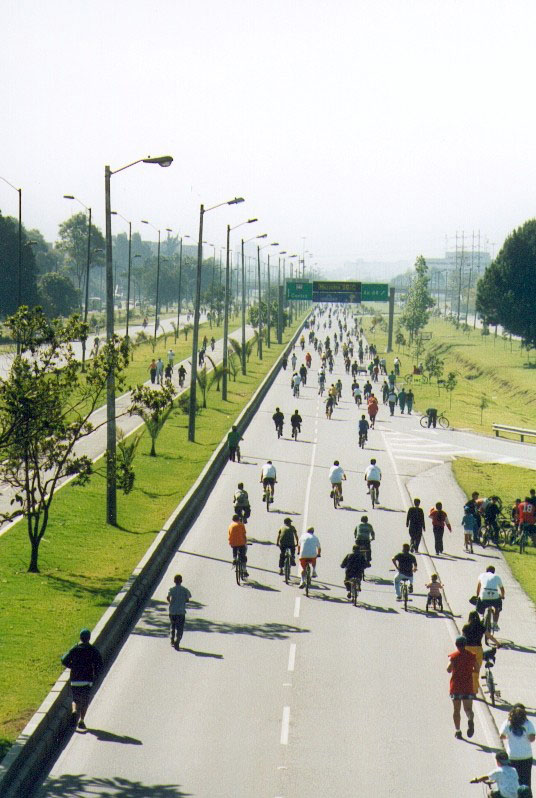
9.7.1Traditional Media
Traditional media includes print (newspapers, magazines), broadcast (radio, television), and the online versions of these. Depending on the culture and context, print media may still be the primary way that people consume news, or it may have shifted online. In either case, although the reach of traditional media has receded with the rise of the Internet, it still has considerable impact on public opinion and should be integral to any communications plan.
The team should pay special attention to relations with the media. A new BRT system will likely generate both negative and positive coverage. Engaging in the dialogue is encouraged as a means of spotlighting BRT, generating interest, and affording the team the opportunity to answer key questions from stakeholders.
The communications team should develop press kits containing basic and relevant information to the BRT. Depending on how media works in your city, this can be made available electronically, hard copy, or both. This will proactively provide media with up-to-date information on system operation, planning, management, financing, and technical specifications.
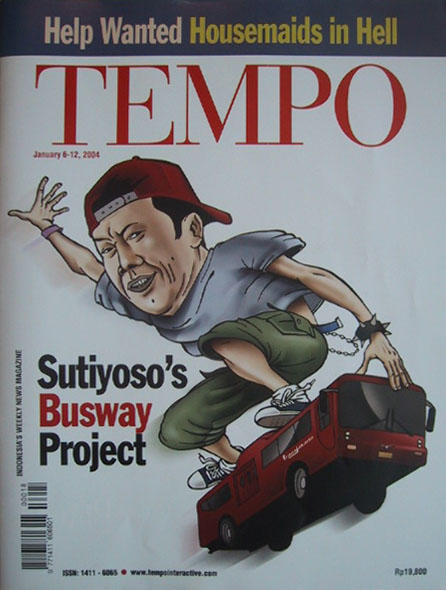
Holding briefings for reporters and editorial boards of both print and broadcast media with in-depth background on a project prepares them to cover the BRT-related issues in a more even-handed way.
In some cases, video is an integral part of the media strategy. An easily understood video can be more useful to some people than hearing about transportation. Videos can both describe the steps in a process and enliven presentations and online press releases. They can also be used at public meetings and on the BRT Web site. However, video production demands a high level of expertise and can be relatively expensive.
If possible, a press-access section on the BRT website, which can be accessed by approved media with a password, should contain up-to-date information when you are ready to release to the media. It should also contain press releases, embargoed or not, contact information for designated BRT spokespeople, data, photos, reports, video b-roll for broadcast media, and any statements from government that you wish to make available to the press. Keeping information easily accessible and transparent will encourage journalists to look to you for the final word on any rumors, or at least give you the chance to respond to them before they publish a story. These will both facilitate accurate transmission of information between the project team and citizens and help the project team control the messages.
In addition, it is useful to generate complementary communications, such as an insiders’ newsletter or email list for people who like to be in the know and can transmit the information through their own networks of interested people and groups. LinkedIn affinity groups, or even simple listservs, can be useful for this purpose as well. These interactive formats can help to balance media coverage and provide fodder for independent supporters eager to defend the new system through op-eds, letters to the editor, or in conversation.
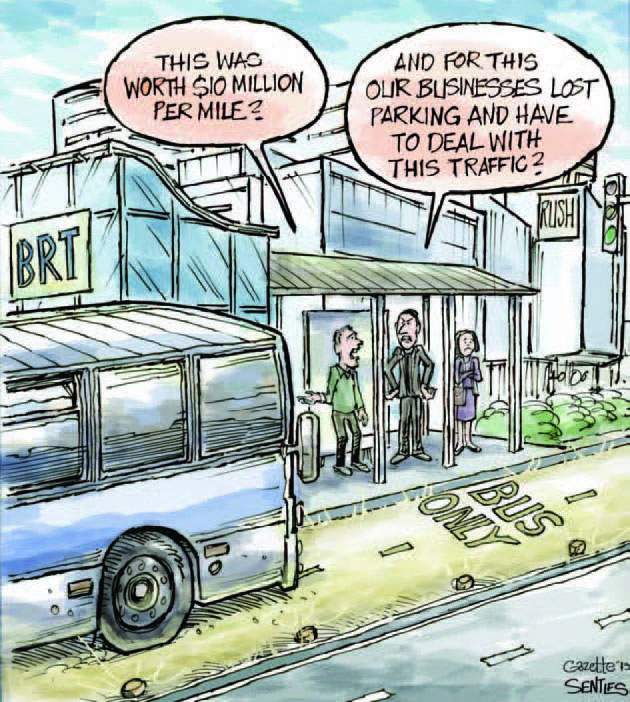
Developing relationships with journalists is essential. The more comfortable they feel contacting a public transport agency, the easier it will be to disseminate messages through a news medium, which is far more trusted than advertising. It is important to be as accessible as possible to journalists, otherwise, there is a risk they will either not get the facts right or be more likely to write a negative story. As a general rule, it’s important to address problems and negative perceptions proactively, rather than wait to be called for comment on a reactionary story. Just as relationships with key stakeholders should not end when construction finishes; neither should PR and external relations efforts. Both should be closely tied to the daily operation of the BRT.
Box 9.8 Example: Rea Vaya
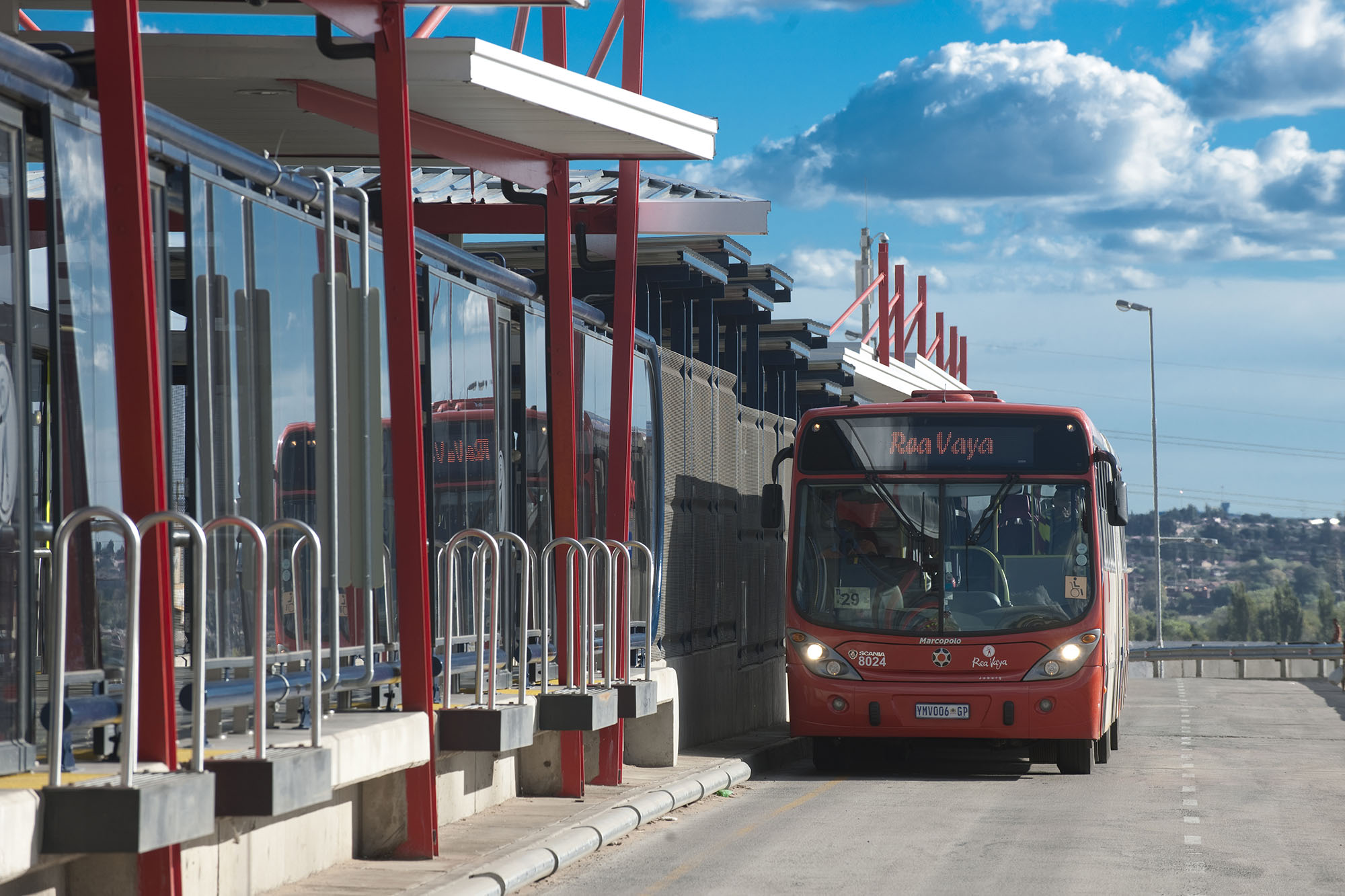
The Rea Vaya BRT in Johannesburg, South Africa, made special efforts to reach out to the riding public in general and the disabled community in particular to ensure their support in the face of opposition from the taxi and minibus unions. Although there was promotion of Rea Vaya and consultations ahead of the system’s launch, financial constraints prevented the project team from spending large amounts on communications and promotion strategies. In light of the funding issue, the Rea Vaya team and the project’s political champions courted local media to provide as much positive exposure as possible.
Although two key minibus stakeholder groups agreed to cooperate with Rea Vaya, significant numbers of minibus taxi operators continued to oppose the system by holding strikes and protesting. The Rea Vaya team continued to engage with them, and their relationship with local media helped to ensure that the coverage included Rea Vaya’s perspective, as well as the perspective of those unions that did support the project. This was essential in framing the issue as favourable to Rea Vaya, and they continued to enjoy public support during this phase.
9.7.2Website and Social Media
Virtually every BRT system, as well as metro, light rail, and streetcar, has a website for users. The website should be thought of as the main portal of information for people who use the system, and it should contain reliable, accurate, and current information on the BRT. Although the way in which people access information has shifted almost entirely online in the last decade, many public transport agencies still don’t have comprehensive online strategies. However, establishing a sophisticated online presence is relatively inexpensive and can have a massive impact on users.
The communications team should determine the content that will populate your website. While you will likely want to include every progress report, positive news story, performance evaluation, and plans for improvements, the material must be organized in such a way that the most commonly sought-after information is the most accessible, and that all content is accurate, current and user-friendly.
The most commonly sought-after information on BRT websites generally includes:
- System Maps;
- Trip Planner;
- Fares and Tolls;
- Schedules;
- Delays or changes to regular routes or schedules;
- Special schedules for holidays and events;
- Updates on service enhancements;
- Information for tourists (some systems provide this separately, as tourists generally want to know how to get to specific locations and don’t have knowledge of the system as locals do).
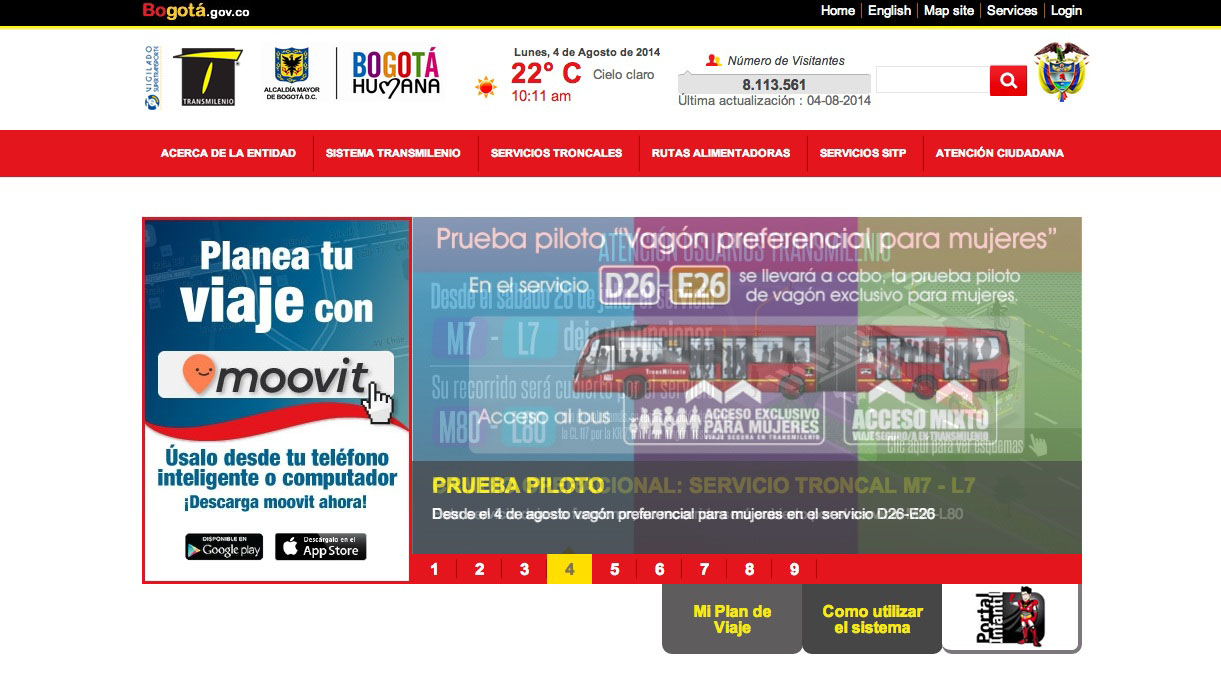
Other information, while less commonly sought, but expected to be available on the website for public use, includes performance, cost, user data, press releases, and information about the city agency and public transport organization. In some cities, BRT websites include a “transparency” section of the website where the public can see who is receiving contracts for construction and operation, how the project is progressing, and what the cost is to taxpayers beginning from the development phase. Keeping the process open and transparent to the public is often the best way to head off criticism and allegations of corruption as the process continues.
As the general public will know little about BRT at first, a package of visual materials, including renderings, may be an effective mechanism for introducing the concept. Some excellent renderings of the planned Las Vegas BRT stations show how the system will incorporate traditional neon signs evoking the glamour of Las Vegas and connect the planned system with a sense of local pride. Showing people how their city can be transformed by the new BRT system can generate lots of enthusiasm for the project.
The future route map is a fundamental part of the BRT public relations campaign. The route map creates a sense among stakeholders that the new system is really going be implemented. Getting a mayor or a governor to publish a proposed route map for a BRT network, particularly using a subway-style map signals political commitment and creates a sense of inevitability critical to winning over stakeholders. The route map shows commuters how they, personally, will benefit from the new system. For this reason, it is important to indicate Phase I and subsequent routes for the whole completed network.
Just as important as your website containing accurate and up to date information is the ease with which the desired information can be found on the site. In order to be useful to your communications efforts, the website must be user friendly, well designed, professional, and conform to brand standards.
Nearly all mass transport systems now also maintain a presence on social media, through Facebook and Twitter, and some also use formats such as Instagram or Flickr to promote their systems and engage with customers. Twitter in particular can be a valuable tool to engage directly with customers by providing real-time service information and soliciting feedback. Like your system’s website, your social media presence should be maintained consistently and professionally. More information on social media can be found in Chapter 11: Marketing and Customer Service.
Mobile phone applications are another innovative practice that cities are adopting to make public transport more attractive. Through applications like NextBus, city dwellers in places like New York, Washington, D.C., and Los Angeles can check the real-time location and projected arrival times of buses from their mobile phones. This type of information reduces the uncertainty of using public transport.
Even in cities where public transport agencies have not opened their data, entrepreneurs are coming up with innovative ways to share public transportation information. For example, Mobile 4 Mumbai used data collected by social media to build a mobile application allowing users to find bus routes in the city. While entrepreneurs like those that run Mobile 4 Mumbai continue to innovate, it’s important for public transport agencies to view them as allies and support them by making data open to the public.
For more examples of promotional materials and branding, see Chapter 11.
Box 9.9 Example: Transjakarta
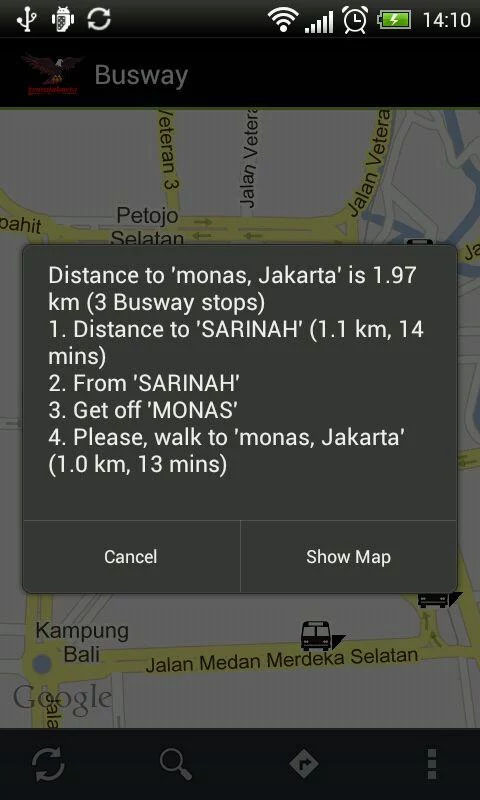

Transjakarta BRT in Jakarta, Indonesia operates a professional, well-designed website with a route planner, links to Facebook and Twitter pages, route and system maps, forums for comment, rider polls, and even a live station security camera. It also includes an interactive map with service updates, making it easy for everyday rider use.
Transjakarta has several mobile apps. The most popular, called Busway Transjakarta helps users navigate the city with Google maps. Users type in the name of the street or building of their destination, and are given step-by-step instructions of the shortest route with the fewest transfers.
9.7.3Budgeting
Defining a discrete marketing budget for a BRT system can be a challenge, particularly if it hasn’t been specified very clearly in any of the existing documentation, and system managers are not entirely sure about the amount of money that has been spent on marketing for their system. In many cases, this is an afterthought of system operations, and so far there has generally been no marketing division as part of system staff.
For instance, when asking two system managers about the percentage of investment being spent in marketing for their systems, one reported 1 percent while the other responded by saying that all work related to the system was marketing, thus 100 percent of their budget was spent on this issue. Whether the budget for marketing is separate, or integrated throughout the other budgets, it should be taken into account in planning, and system staff should be provided with enough resources in order to work on this issue.
A comparison from the automobile sector is useful here. According to a recent study (EMBARQ, 2010), major auto companies spent US$21 billion in 2009 specifically on advertising (General Motors spent 3.2 billion by itself that same year). If a BRT system is expected to gain ridership from those citizens who are choosing between cars and public transport, it is very important to counter those efforts by considerably strengthening the importance, visibility, staff, and budget of a BRT system.
Generally, as part of the initial team of people working on this, a communications professional should be on staff to manage the budgeting process, as well as deal with media and press around this project. If this is a new service in a city without a public transport agency or other formal services, hiring a PR and/or marketing firm to help with developing the brand, develop key messages, and liaise with the media will significantly improve outcomes.